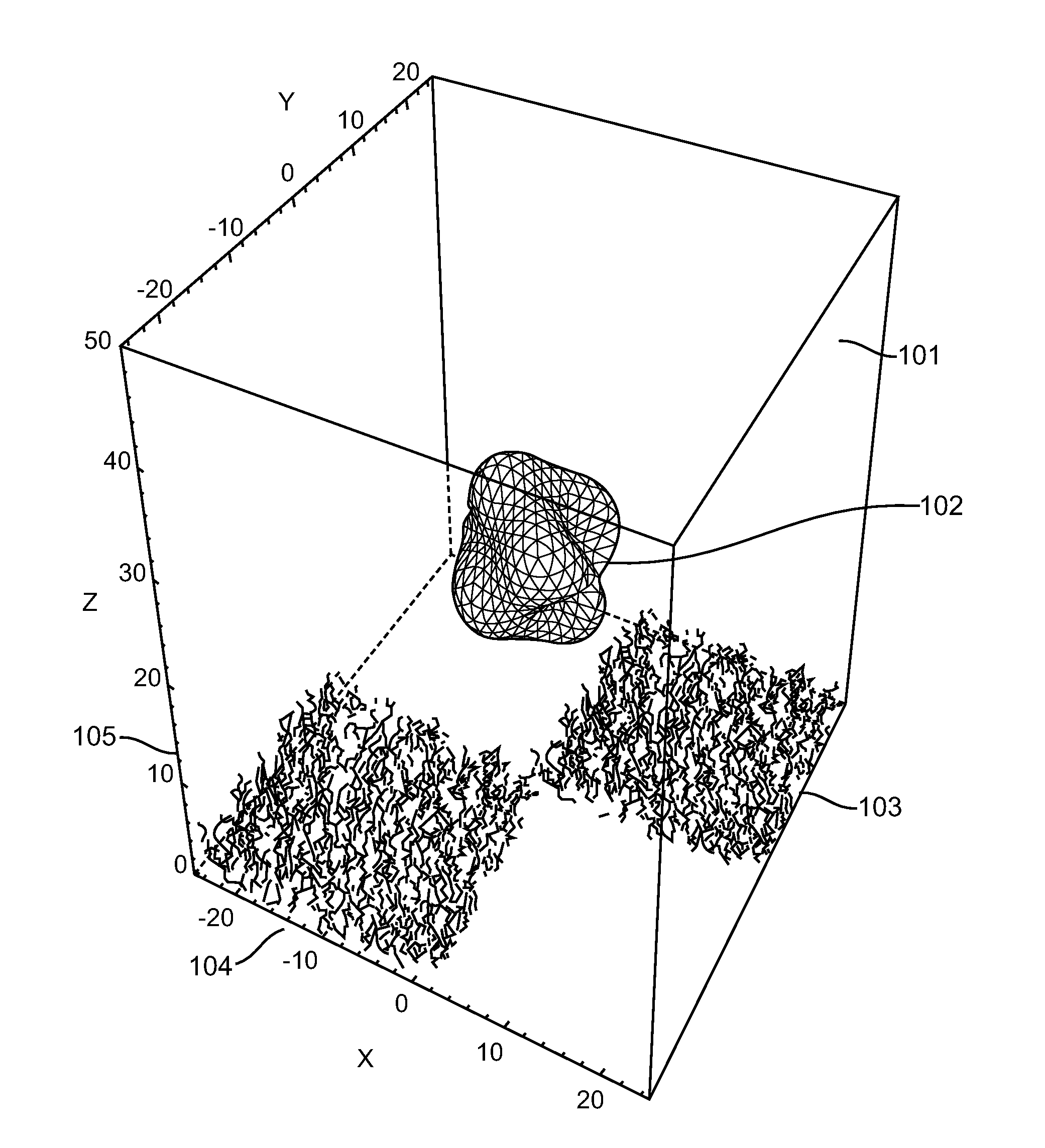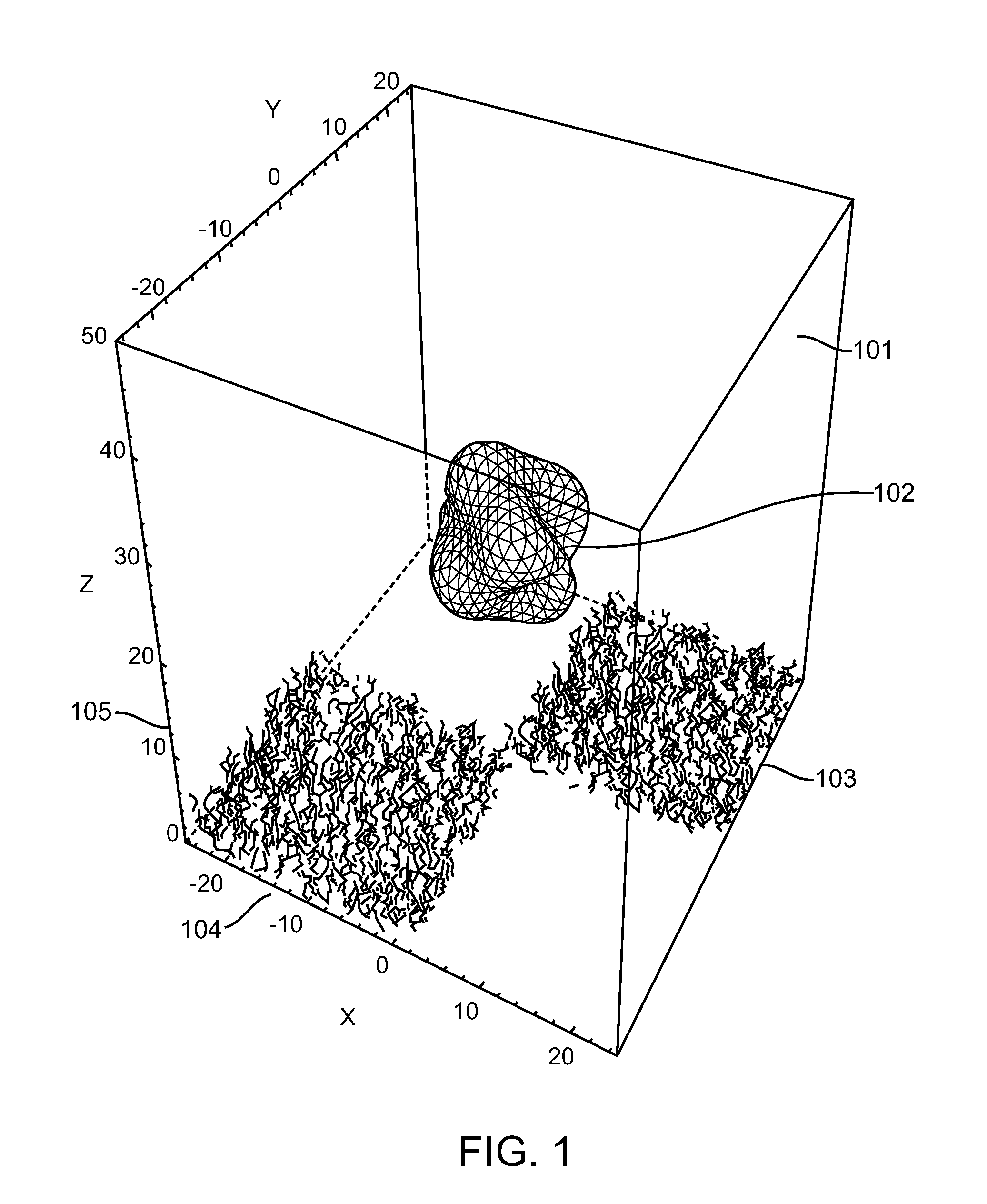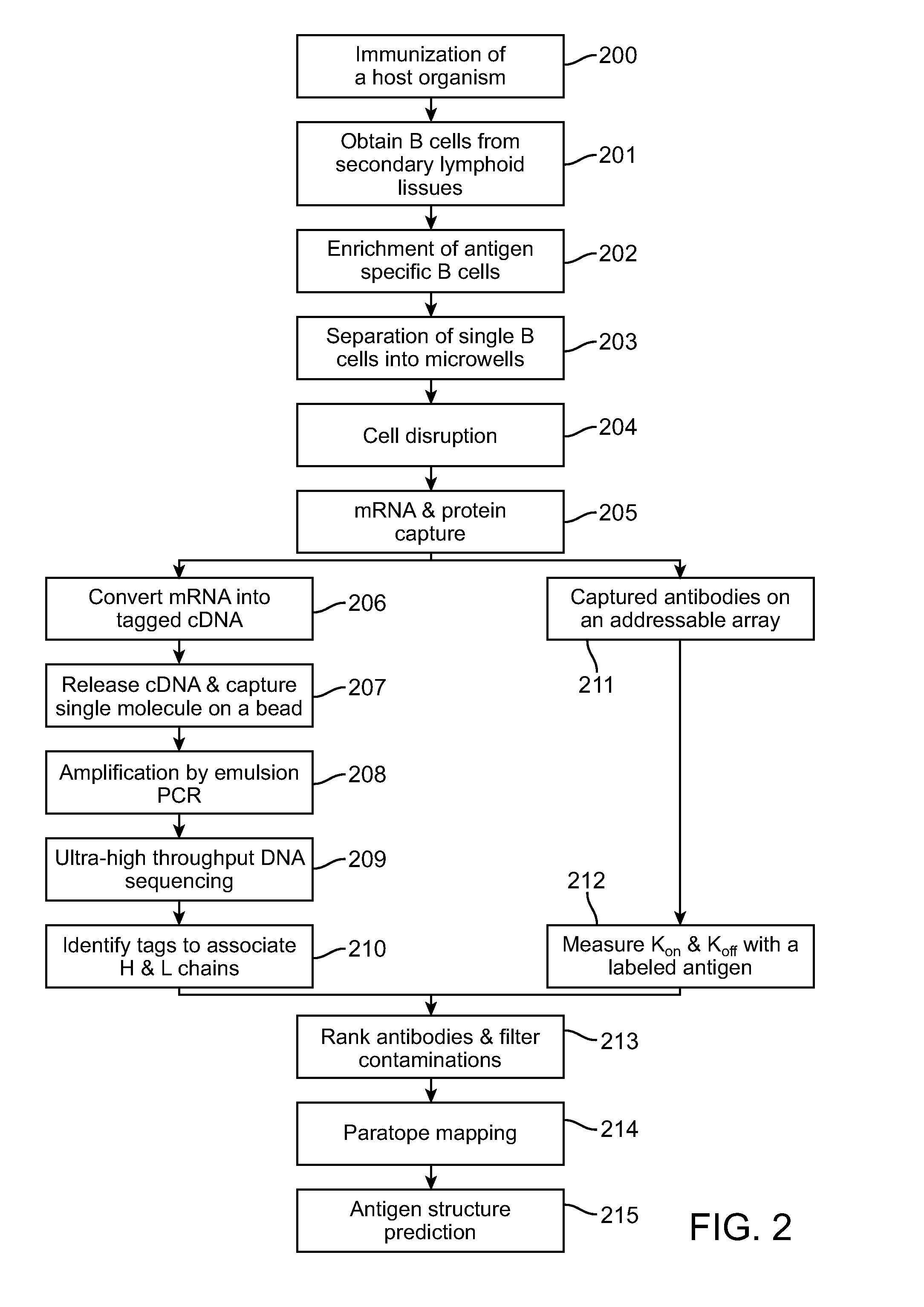Method of obtaining antibodies of interest and nucleotides encoding same
a nucleotide and antibody technology, applied in the field of obtaining antibodies of interest and nucleotides encoding same, can solve the problems of limited use of hybridoma technology, large amount of screening, and inability to produce suitable cell lines, etc., and achieve the effect of precise specificity of antibody
- Summary
- Abstract
- Description
- Claims
- Application Information
AI Technical Summary
Benefits of technology
Problems solved by technology
Method used
Image
Examples
specific embodiments
[0074]The present invention provides a method for characterizing molecular interactions within a single cell. Central to said method is the confinement of single cells into individual addressable microwells. Said microwells serve 2 purposes. One is to inhibit the diffusion of reactants and products among individual cells. Second is to accelerate rates for processes such as nucleic acid hybridization or protein interactions. Moreover, said microwell comprises capture agents that allow efficient capture of the intended macromolecules on a cell by cell basis.
[0075]Inside each microwell, one or a plurality of capture agents each comprise a tag unique to the addressable microwell where a single cell is confined. When a cell is confined and disrupted, the target macromolecules can be captured rapidly. Subsequent to capture, the means for confinement may optionally be removed to allow manipulation of the captured macromolecules and / or measurement of kinetic properties of the interactions b...
embodiment 1
Alternative Embodiment 1
[0097]In alternative embodiment 1a material suitable for attaching proteins of interest is coated on a commercial microwell array, e.g.: a blank PicoTiterPlate device (454 Life Sciences, Branford, Conn.) containing 50 micron hexagonal wells. Cells are distributed over said hexagonal wells in such a manner that allows a single cell to settle into a well. For example, to immobilize antibodies on the surfaces of the wells one coats the surfaces with an antibody specific compound such as Protein A. A custom oligonucleotide array (NimbleGen Systems, Inc., Madison, Wis.) is placed over said PicoTiterPlate to capture and tag mRNAs.
embodiment 2
Alternative Embodiment 2
[0098]In alternative embodiment 2 we fabricate microwells by attaching approximately 50 micron walls onto a flat support. Cells are distributed over said microwells in such a manner that allows a single cell to settle into a microwell. A custom oligonucleotide array (NimbleGen Systems, Inc., Madison, Wis.) is placed over said fabricated microwells in order to capture and tag mRNAs. No proteins are captured.
PUM
| Property | Measurement | Unit |
|---|---|---|
| volume | aaaaa | aaaaa |
| volume | aaaaa | aaaaa |
| time | aaaaa | aaaaa |
Abstract
Description
Claims
Application Information
 Login to View More
Login to View More - R&D
- Intellectual Property
- Life Sciences
- Materials
- Tech Scout
- Unparalleled Data Quality
- Higher Quality Content
- 60% Fewer Hallucinations
Browse by: Latest US Patents, China's latest patents, Technical Efficacy Thesaurus, Application Domain, Technology Topic, Popular Technical Reports.
© 2025 PatSnap. All rights reserved.Legal|Privacy policy|Modern Slavery Act Transparency Statement|Sitemap|About US| Contact US: help@patsnap.com



